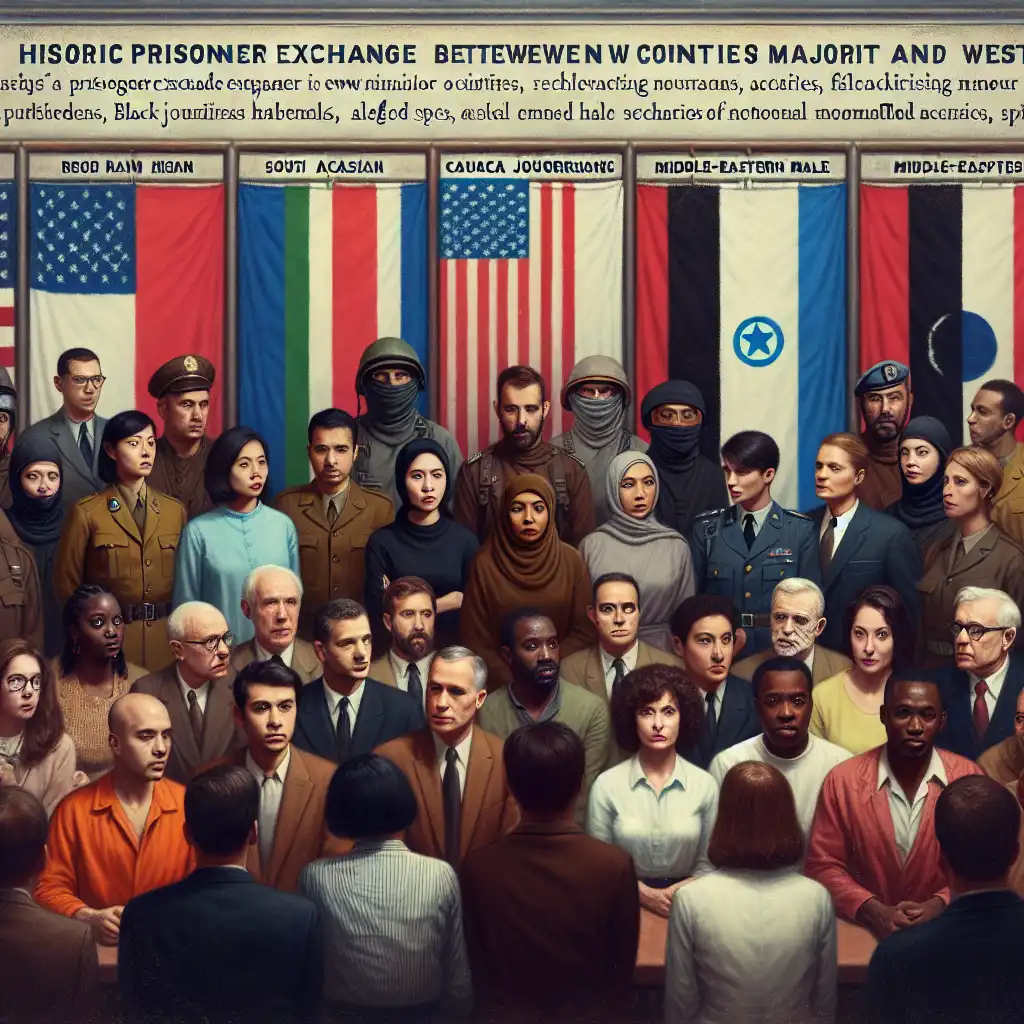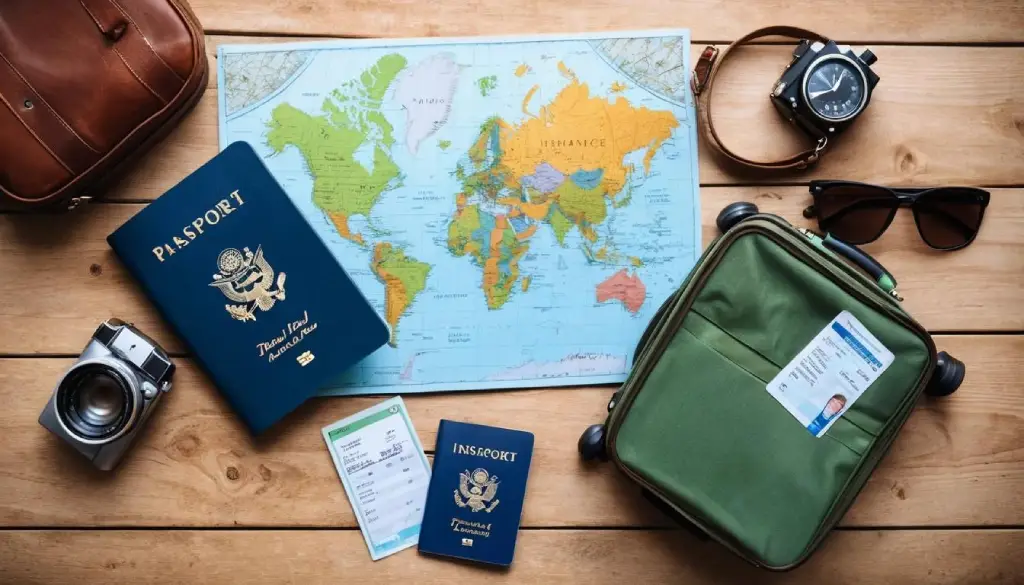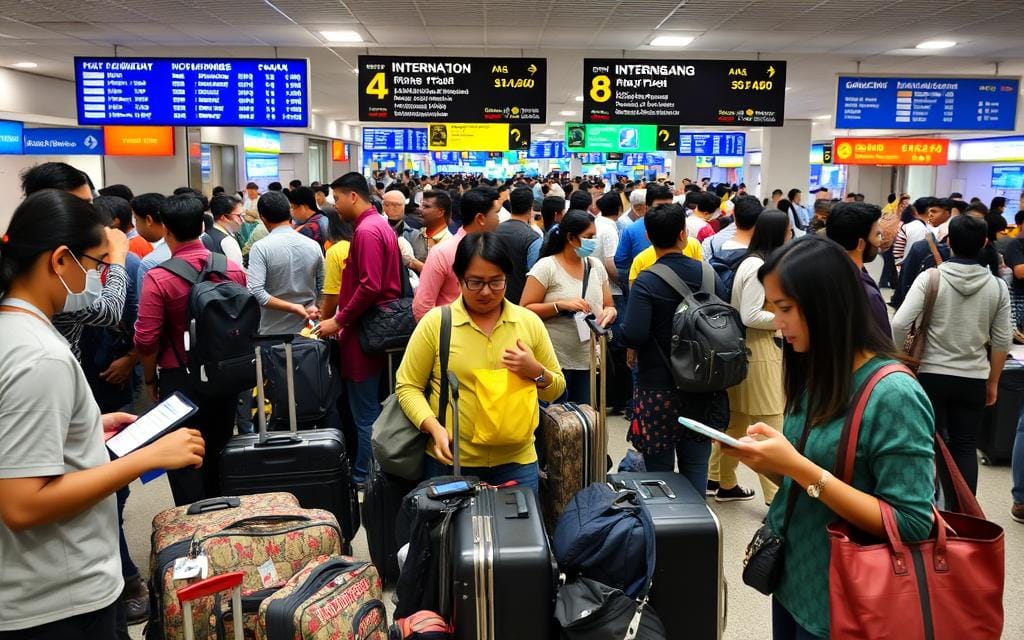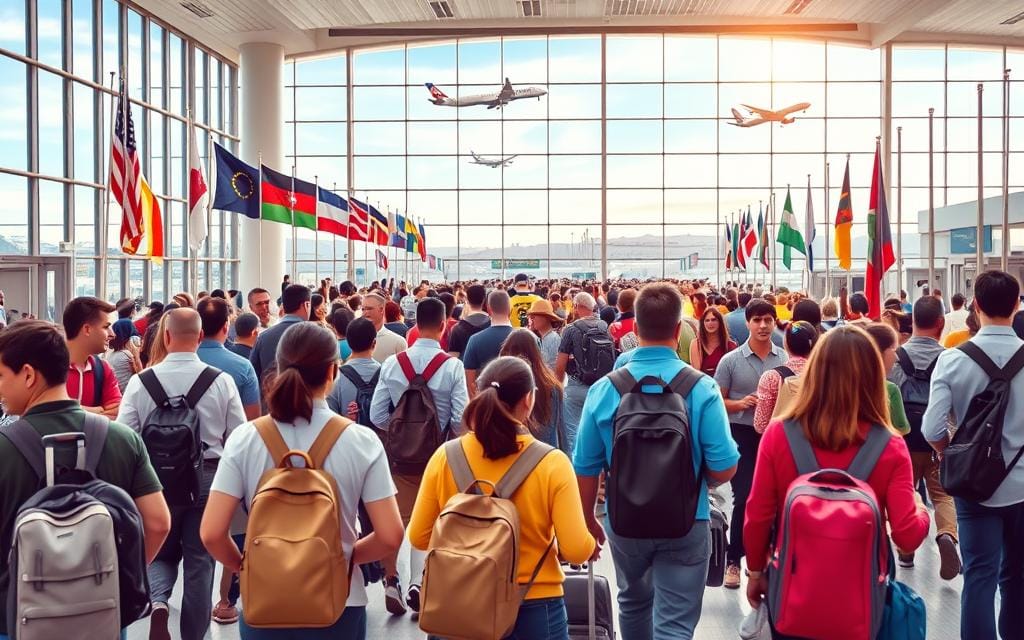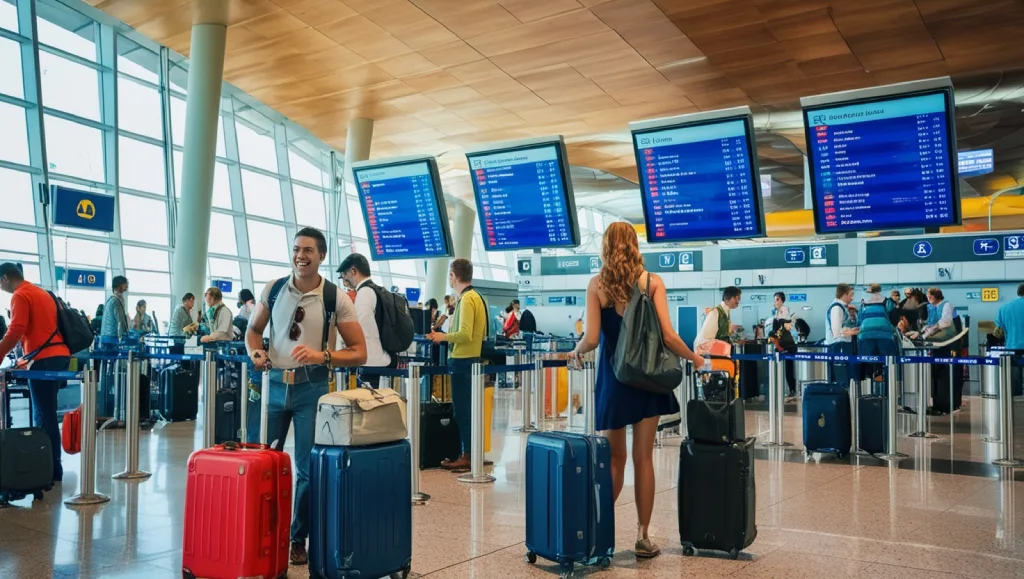In a historic turn of events, the United States and Russia have completed their most extensive prisoner exchange since the dissolution of the Soviet Union. This unprecedented swap has highlighted the continuing complexities and evolving dynamics of East-West relations. The exchange has freed individuals with diverse backgrounds, ranging from journalists to alleged spies, showcasing the intricate web of political and legal entanglements that persist between the two nations.
Table of Contents
ToggleThe Context of the Prisoner Swap
The exchange involved a wide array of individuals who had been detained for varying lengths of time. Among those released, some had been imprisoned for over five years, while others had been behind bars for only a few months. The prisoners included journalists, seasoned political activists, and ordinary citizens who opposed the war in Ukraine.
Profiles of the Prisoners
- Evan Gershkovich: Wall Street Journal reporter, who had been detained in Russia, stood out as one of the high-profile detainees. His incarceration had drawn significant international attention and calls for his release.
- Political Detainees: Long-term prisoners included veteran political activists who had been vocal critics of the Russian government. Their release marks a significant moment in their enduring struggle for political freedom.
- Young and Old: The ages of the prisoners ranged dramatically, with the youngest being 19 and the oldest 71. This diversity underscores the broad impact of political tensions on individuals of all ages.
The Nature of the Crimes
The prisoners exchanged were not limited to political detainees. Some had been convicted of more serious offenses, including hacking and murder.
Alleged Sleeper Agents
Some of the Russians jailed in the West were accused of being sleeper agents, living double lives and engaging in espionage activities. These individuals had been under surveillance for years before their eventual capture and conviction.
Cybercriminals
Others were convicted of hacking into computer systems, disrupting networks, and stealing sensitive information. These cyber activities had far-reaching implications, affecting both national security and international relations.
Violent Crimes
Among the detainees was an individual convicted of a bold, daytime assassination in a Berlin park. This brazen act had sent shockwaves through the international community and had been a point of contention between Russia and the West.
The Implications of the Swap
The completion of this prisoner exchange is significant for several reasons. It not only highlights the ongoing diplomatic dialogue between the U.S. and Russia but also raises questions about the future of such exchanges.
Diplomatic Relations
This exchange could signal a thawing of relations, albeit momentarily, as both nations navigate the complex landscape of international diplomacy. It suggests a willingness to engage in negotiations, even amidst broader geopolitical tensions.
Human Rights Concerns
The release of political prisoners brings attention to human rights issues in Russia. It also underscores the importance of international advocacy and pressure in securing the freedom of individuals detained under questionable circumstances.
FAQs
What prompted the prisoner swap?
The exchange was the result of prolonged negotiations between the U.S. and Russia, driven by a combination of diplomatic, political, and humanitarian considerations.
Who were the key figures in the negotiations?
Top diplomats and intelligence officials from both countries played crucial roles in brokering the deal, with significant involvement from international human rights organizations.
What are the potential consequences of this exchange?
While the immediate consequence is the release of detainees, the long-term impact could include shifts in diplomatic relations and future negotiations on similar issues.
Will there be more such exchanges in the future?
The success of this exchange could pave the way for future negotiations, though it will depend on the evolving political landscape and the specific circumstances of detained individuals.
How does this affect the families of the detainees?
The release of the prisoners is a moment of relief and joy for their families, who have endured years of uncertainty and hardship.
Conclusion
The largest East-West prisoner swap in post-Soviet history marks a significant milestone in the intricate dance of international relations. It underscores the enduring impact of political tensions on individuals and highlights the critical role of diplomacy in addressing complex issues. As the world watches, this exchange serves as a poignant reminder of the power of negotiation and the ongoing quest for justice and human rights.

